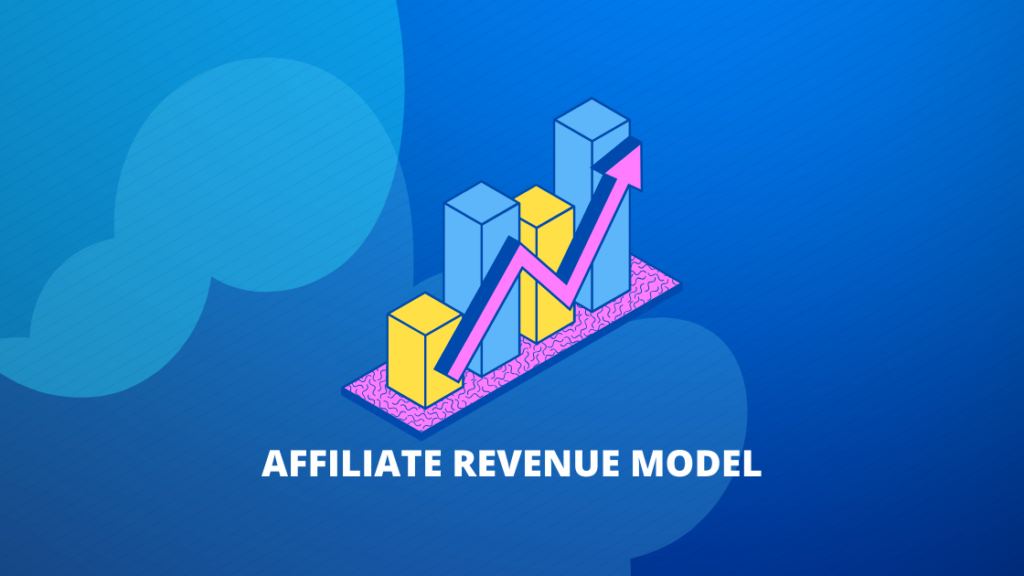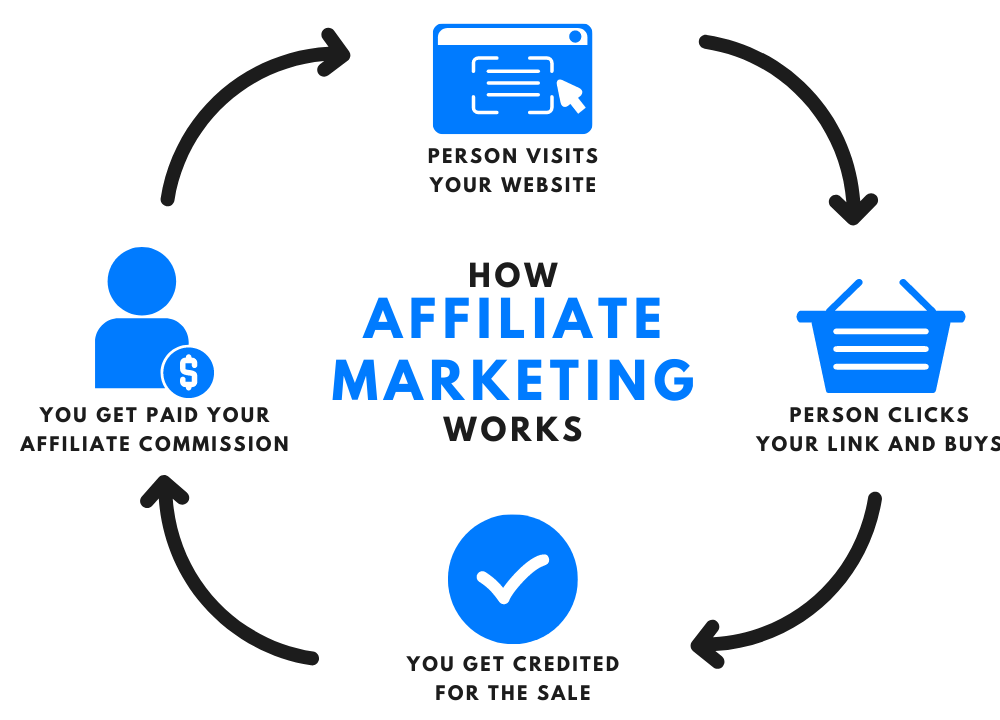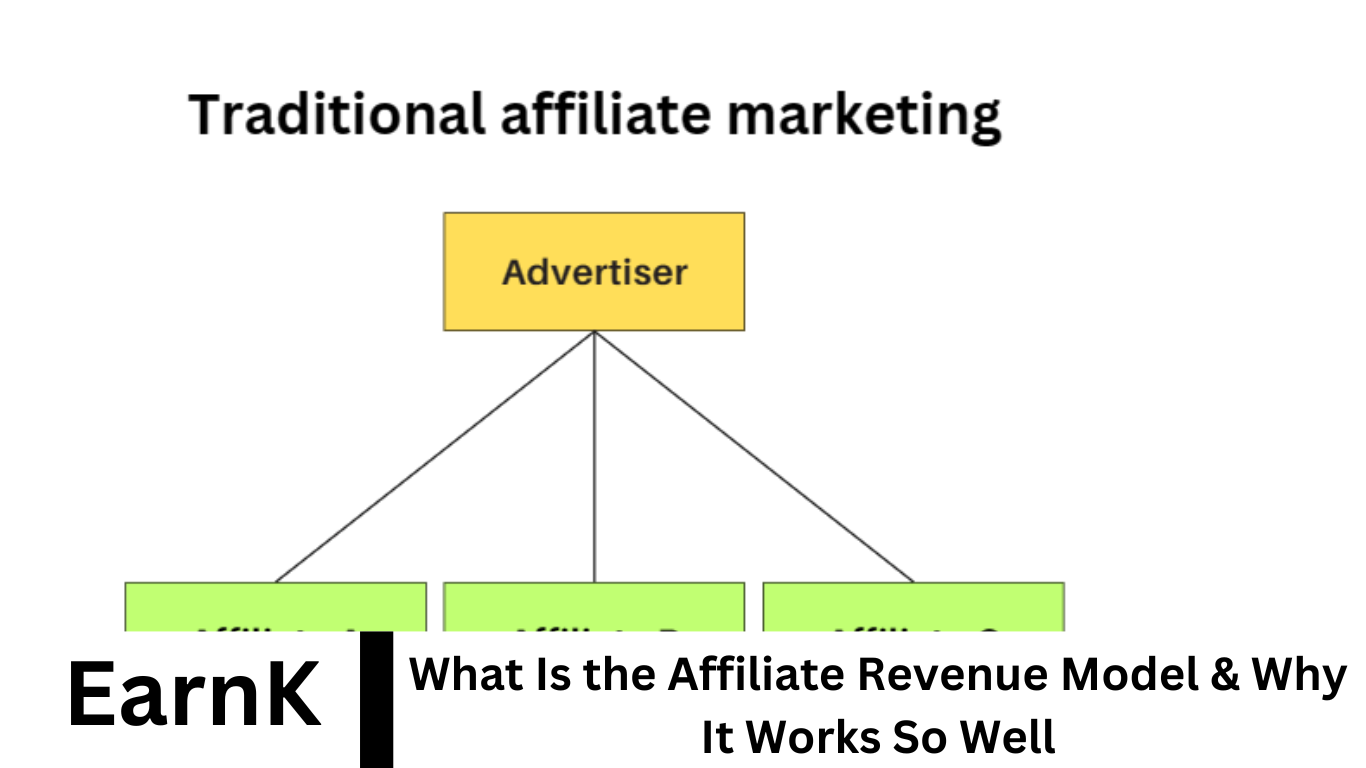The affiliate revenue model is a performance-based marketing strategy where individuals or companies (affiliates) earn commissions by promoting products or services for a business. Each sale, lead, or click generated through a unique affiliate link is tracked, ensuring accurate compensation. This model is prevalent across industries due to its low overhead, scalability, and ROI-driven structure.
Businesses only pay for actual results, while affiliates can build income streams without managing inventory or customer service. It’s a win-win framework that benefits both brands and marketers. In this guide, we answer the 10 most common questions about affiliate marketing, how it works, and why it consistently delivers strong results for all parties involved.
Understanding the Affiliate Revenue Model

At its core, affiliate marketing involves a partnership where an affiliate promotes a merchant’s products or services and earns a commission for each sale or action generated through their referral. This model is rooted in performance-based marketing, ensuring that affiliates are compensated based on the results they deliver.
Key Components of Affiliate Marketing
The affiliate marketing ecosystem comprises several key players:
- Merchants: Businesses that offer products or services.
- Affiliates: Individuals or entities that promote the merchant’s offerings.
- Consumers: End-users who make purchases through affiliate links.
- Affiliate Networks: Platforms that connect merchants with affiliates, providing tracking and payment solutions.
These components work synergistically to drive sales and revenue for all parties involved.
Types of Affiliate Marketing Models
Affiliate marketing encompasses various models, each catering to different business objectives:
- Pay-Per-Sale (PPS): Affiliates earn a commission when a referred customer makes a purchase.
- Pay-Per-Click (PPC): Affiliates receive payment for each click on their affiliate link, regardless of a sale.
- Pay-Per-Lead (PPL): Affiliates are compensated when a referred user takes a specific action, such as signing up for a newsletter or filling out a contact form.
Understanding these models allows businesses to choose the most suitable approach based on their goals and resources.
Benefits for Merchants
Merchants stand to gain significantly from affiliate marketing:

- Cost-Effectiveness: Since affiliates are paid based on performance, merchants incur costs only when a sale or desired action occurs.
- Extended Reach: Affiliates often have established audiences, allowing merchants to tap into new customer segments.
- Scalability: As affiliates promote products across various platforms, merchants can scale their marketing efforts without proportional increases in budget.
Advantages for Affiliates
Affiliates also enjoy several benefits:
- Passive Income: Once affiliate links are integrated into content, they can generate income over time with minimal ongoing effort.
- Flexibility: Affiliates can choose products or services that align with their niche and audience interests.
- Performance-Based Earnings: The more effectively affiliates promote products, the higher their potential earnings.
Challenges in Affiliate Marketing
Despite its advantages, affiliate marketing presents specific challenges:
- Intense Competition: With the proliferation of affiliates, standing out in a crowded market can be difficult.
- Dependence on Merchant Policies: Affiliates are subject to the terms and conditions set by merchants, which can change unexpectedly.
- Attribution Issues: Determining the exact source of a sale can be complex, leading to potential disputes over commissions.
Best Practices for Success
To thrive in affiliate marketing, consider the following strategies:

- Choose Relevant Products: Promote products that resonate with your audience’s interests and needs.
- Create Quality Content: Develop engaging and informative content that naturally incorporates affiliate links.
- Disclose Affiliate Relationships: Maintain transparency by informing your audience about affiliate partnerships.
- Monitor Performance: Regularly analyze the performance of your affiliate links to optimize strategies.
The Future of Affiliate Marketing
The affiliate marketing landscape is evolving:
- Influencer Partnerships: Collaborations with influencers can enhance credibility and reach.
- Advanced Tracking Technologies: Innovations in tracking tools improve accuracy in attributing sales to affiliates.
- Diversified Platforms: Affiliates are leveraging various platforms, including social media and blogs, to promote products effectively.
Frequently Asked Questions
What is affiliate marketing?
Affiliate marketing is a performance-based system where affiliates earn a commission by promoting another company’s products or services through tracked links.
How does the affiliate revenue model work?
Affiliates share unique links, and when users make a purchase or complete an action, the affiliate earns a commission. Tracking is done via cookies and specialized software.
Who can become an affiliate?
Anyone—bloggers, influencers, website owners, and even companies—can become an affiliate by joining affiliate programs relevant to their niche.
What types of businesses use this model?
E-commerce sites, SaaS companies, online course creators, and service providers commonly use affiliate marketing to boost sales with minimal risk.
How are affiliates paid?
Payment structures vary, but common models include pay-per-sale (PPS), pay-per-click (PPC), and pay-per-lead (PPL). Payments are typically made monthly via bank transfer or PayPal.
What are the benefits for businesses?
Businesses gain access to a wider audience, pay only for results, and reduce customer acquisition costs while scaling faster.
What’s in it for affiliates?
Affiliates can earn passive income, work flexibly, and promote products they trust—without handling shipping or customer service.
Is affiliate marketing profitable?
Yes, when done strategically. Top affiliates earn substantial income by targeting the right audience and promoting high-converting products.
Are there any risks involved?
Minimal for businesses. However, poor affiliate management can lead to brand misrepresentation or low-quality traffic.
How can someone start with affiliate marketing?
Start by choosing a niche, building a platform (like a blog or YouTube channel), joining affiliate programs, and consistently creating valuable, relevant content.
Conclusion
The affiliate revenue model thrives because it aligns incentives: businesses gain sales, affiliates earn income, and customers discover valuable products. Its low entry barrier, performance-based nature, and scalability make it ideal for anyone—from solo creators to large enterprises. Whether you’re looking to expand your brand’s reach or build a side hustle, affiliate marketing offers a sustainable, low-risk path to growth. With the right strategy, tools, and ethical approach, affiliates can generate significant income while businesses enjoy measurable returns on investment. As digital commerce continues to grow, the affiliate model remains one of the most reliable and flexible ways to generate online revenue. Start smart and stay consistent, and this model can deliver impressive results.



